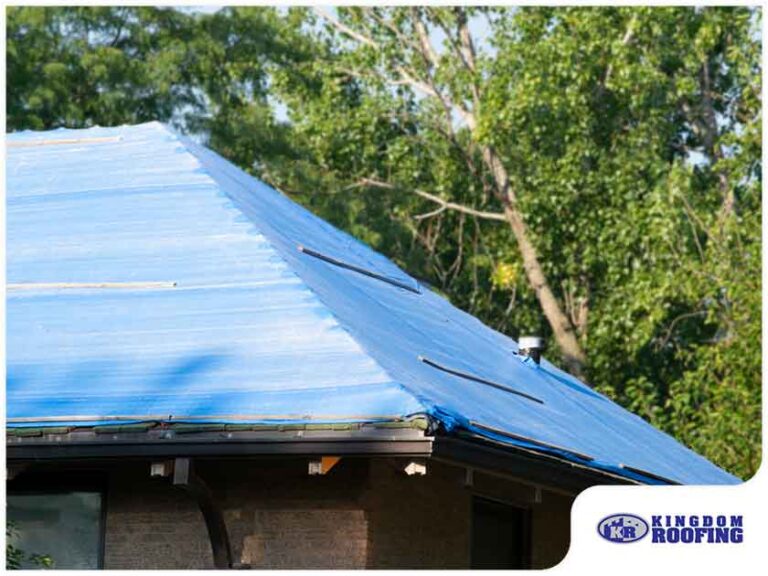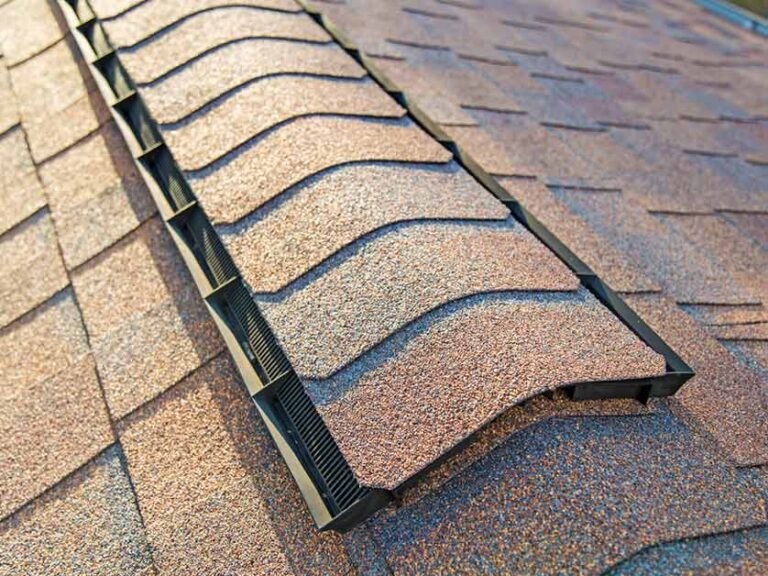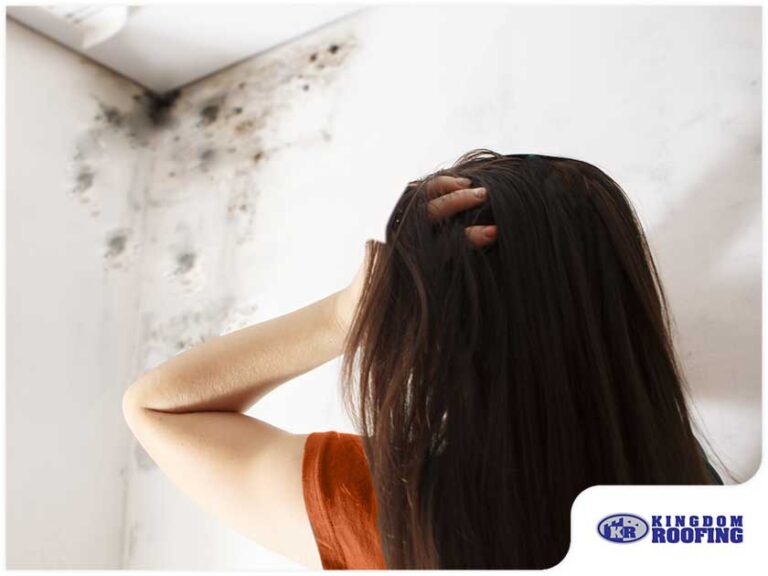Cracked or split shingles are usually a sign you need a roofing replacement. What’s the difference between shingle cracking and splitting?
[company_name], your trusted roofer, explains below:

The Main Difference Between Cracked and Split Shingles
The main difference between the two is that a split goes entirely through the entire asphalt shingle while cracks only affect the surface. What about creases on asphalt shingles? Creases—which are usually caused by wind damage—are considered cracks unless they go through the entire shingle.
How Cracks Form on Shingles
Cracks form on the surface of asphalt shingles when it loses volatiles (chemicals added to asphalt shingles to make them flexible and waterproof) due to evaporation, moisture, or aging. The loss of volatiles causes asphalt to shrink and eventually cause cracks to form on the surface of the shingle.
What if cracks started forming on your new roof? The usual suspects are a weak mat (the base of the asphalt shingle) or low-quality shingles. To avoid issues such as premature aging, it’s best to stick to trusted brands such as GAF®.
How Splits Form on Shingles
Your shingles expand as temperatures rise and contract as they drop. When shingles expand, the joints beneath them increase. And when they contract, the joints decrease in size. Over time, stress from repeated contractions and expansions will weaken the adhesive strips on the upper surface of the shingles, causing diagonal splits to form on the roof’s surface.
How to Prevent Cracked and Split Shingles
In addition to only using quality roofing materials, make sure to vet a roofing contractor before hiring them. To ensure your asphalt roof is installed correctly, only experienced contractors should handle their installation.
Looking for experienced roofers near you?
[company_name], a company with over 30 combined years of experience, offers professional roof replacement and roof repair services. To get a free inspection and estimate, call us at (941) 217-2411 or fill out this form.



